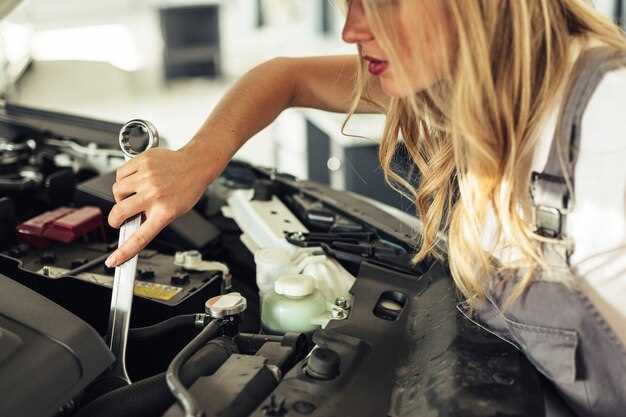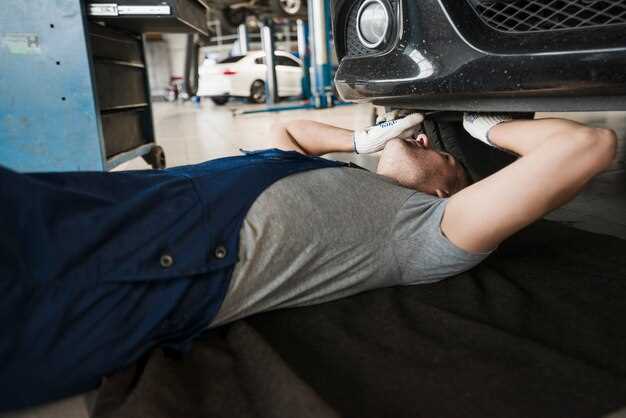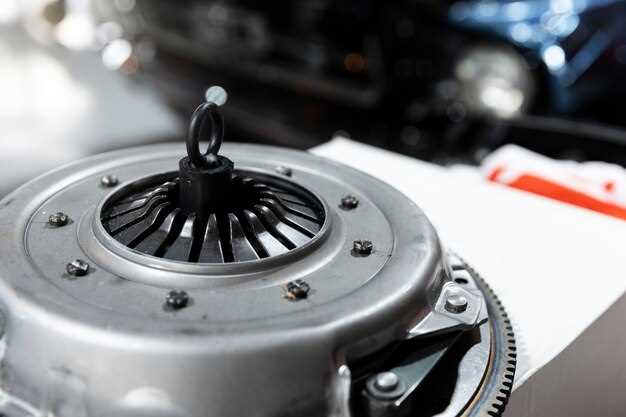
Engine overheating is a common issue faced by owners of imported vehicles. The intricate designs and unique specifications of these cars can sometimes lead to cooling system inefficiencies. It’s essential to understand the root causes of overheating to implement effective solutions that ensure the longevity and reliability of your vehicle.
Regular Maintenance plays a crucial role in preventing engine overheating. Imported vehicles often require more specialized care, including coolant checks and radiator inspections. Regularly changing the coolant and ensuring the cooling system is free of leaks can significantly reduce the risk of overheating.
Another critical factor is to monitor your driving habits. Conditions such as stop-and-go traffic or towing heavy loads can put additional stress on an engine. Utilizing a temperature gauge to keep an eye on engine heat levels helps in identifying potential problems before they escalate into serious issues.
Implementing aftermarket upgrades can also be beneficial. High-performance radiators and thermostats tailored for your specific make and model can greatly improve cooling efficiency. Additionally, using high-quality coolant designed for imported vehicles can enhance thermal management.
By understanding the common causes and effective solutions for engine overheating in imported vehicles, owners can take proactive measures to ensure their cars perform at their best, avoiding costly repairs and enhancing their overall driving experience.
Identifying Common Causes of Engine Overheating in Imported Cars

Engine overheating is a critical issue that can lead to significant damage if not addressed promptly. Imported vehicles may face unique challenges regarding overheating due to variations in design and maintenance standards. Understanding the common causes of engine overheating in these cars is essential for timely intervention and repairs.
One prevalent cause of overheating is a coolant leak. Imported vehicles often utilize specific coolant types, and even a small leak can lead to insufficient coolant levels, resulting in elevated engine temperatures. Inspecting hoses, gaskets, and the radiator for signs of leaks is crucial for maintaining proper coolant levels.
A malfunctioning thermostat can also contribute to overheating. The thermostat regulates the flow of coolant through the engine. If it fails to open, coolant circulation is restricted, causing the engine to overheat. Regular checks of the thermostat during maintenance can help identify potential issues early on.
Clogged radiators are another frequent culprit. Import models may have more intricate cooling systems, and any debris or sediment buildup in the radiator can hinder heat dissipation. A thorough cleaning or flushing of the radiator can restore efficient cooling performance.
Water pump failure is a critical factor as well. The water pump circulates coolant throughout the engine and radiator. If the pump is worn out or damaged, it will not move coolant effectively, leading to overheating. Regular inspections of the water pump and timely replacements can prevent this issue.
Additionally, issues with the cooling fan can lead to overheating. The cooling fan helps dissipate heat from the radiator, and if it fails to operate correctly–whether due to a blown fuse, bad relay, or a faulty motor–the engine may overheat, especially in stop-and-go traffic conditions.
Lastly, low oil levels or poor oil quality can contribute to overheating. Engine oil not only lubricates but also helps dissipate heat. If the oil is old or insufficient, it can lead to increased friction and higher temperatures. Regular oil changes and monitoring oil levels are essential for engine health.
By recognizing these common causes, owners of imported vehicles can take proactive steps to prevent engine overheating, ensuring their cars operate smoothly and efficiently.
Step-by-Step Guide to Cooling System Maintenance for Foreign Vehicles

Maintaining the cooling system of your foreign vehicle is crucial to ensure optimal engine performance and prevent overheating. Follow this detailed guide to carry out effective maintenance.
Step 1: Gather Necessary Tools and Materials
Before starting the maintenance process, gather the required tools, including a socket set, screwdriver, coolant tester, funnel, and a container for draining old coolant. Make sure to have the recommended coolant type for your specific vehicle model.
Step 2: Inspect the Radiator
Begin by examining the radiator for any signs of leaks, corrosion, or physical damage. Pay attention to the hoses connected to the radiator and check for cracks or wear. Ensure that the radiator is free of debris that may obstruct airflow.
Step 3: Check Coolant Levels
Open the hood and locate the coolant reservoir. Check the coolant level against the recommended markings. If the coolant is below the minimum level, it needs to be topped up. Use the appropriate coolant mixed as per the manufacturer’s specifications.
Step 4: Test Coolant Condition
Use a coolant tester to check the pH level and the freezing point of the coolant. The coolant should be clean and free from contaminants. If contamination is evident, it’s time for a complete coolant replacement.
Step 5: Flush the Cooling System
Drain the old coolant by opening the drain plug at the bottom of the radiator. After draining, flush the system with clean water to remove any residue. This step prepares the cooling system for fresh coolant. Ensure that all water is drained before adding new coolant.
Step 6: Refill with New Coolant
Using a funnel, refill the cooling system with the new coolant, ensuring that the mixture is in accordance with the manufacturer’s guidelines. Fill both the radiator and the coolant reservoir to the specified levels.
Step 7: Bleed Air from the System
To prevent air pockets, run the engine with the heater on high until it reaches operating temperature. This will allow trapped air to escape. Keep an eye on the coolant level during this process and add more as necessary.
Step 8: Conduct a Final Inspection
Once the system is refilled and bled, conduct a thorough inspection for leaks around the radiator, hoses, and connections. Monitor the temperature gauge during a test drive to ensure that the engine maintains an optimal temperature.
Step 9: Schedule Regular Maintenance
Establish a routine schedule for cooling system maintenance based on your vehicle’s owner manual recommendations. Regular checks and fluid replacements will extend the life of the cooling system and prevent overheating issues.
By following these steps, you can effectively maintain the cooling system of your foreign vehicle, helping to ensure its reliability and longevity.
Emergency Response Techniques for Overheating Engines in Imports
When dealing with an overheating engine in imported vehicles, immediate action is crucial to prevent severe damage. Below are essential techniques to follow in such situations:
- Pull Over Safely:
As soon as you notice the temperature gauge rising, find a safe location to pull over. Turn on your hazard lights to alert other drivers.
- Turn Off the Engine:
To prevent further damage, switch off the engine immediately. This allows the engine to cool down gradually.
- Open the Hood:
Once the vehicle is parked, carefully open the hood to help dissipate heat. Be cautious, as steam or hot surfaces may pose a burn risk.
- Check Coolant Level:
After the engine has cooled down for at least 15-20 minutes, check the coolant reservoir. If it’s low, this may be the cause of the overheating.
- Inspect for Leaks:
Look for visible signs of coolant leaks under the vehicle or around the engine bay. This will help identify any potential issues.
- Allow Cooling Time:
Let the engine cool completely before attempting further action. Cooling can take up to 30 minutes or longer depending on the severity of the overheating.
- Consider A Temporary Solution:
If you have coolant on hand, adding it can sometimes help. Remember, only add coolant if it is safe to do so and if the engine is cool enough.
- Restart the Engine:
After cooling and checking the coolant levels, start the engine to see if it still overheats. Monitor the temperature gauge closely.
- Seek Professional Help:
If the engine continues to overheat, call for roadside assistance or a tow service to take the vehicle to a competent repair shop.
These techniques are vital for effectively responding to overheating engines, especially in imported vehicles known for their unique specifications. Proper handling can prevent extensive damage and ensure safety on the road.




